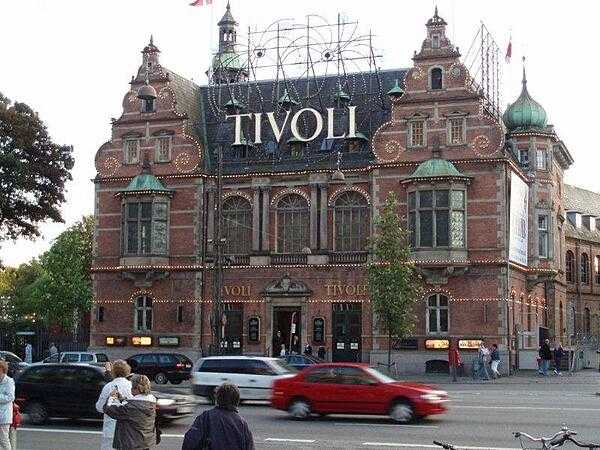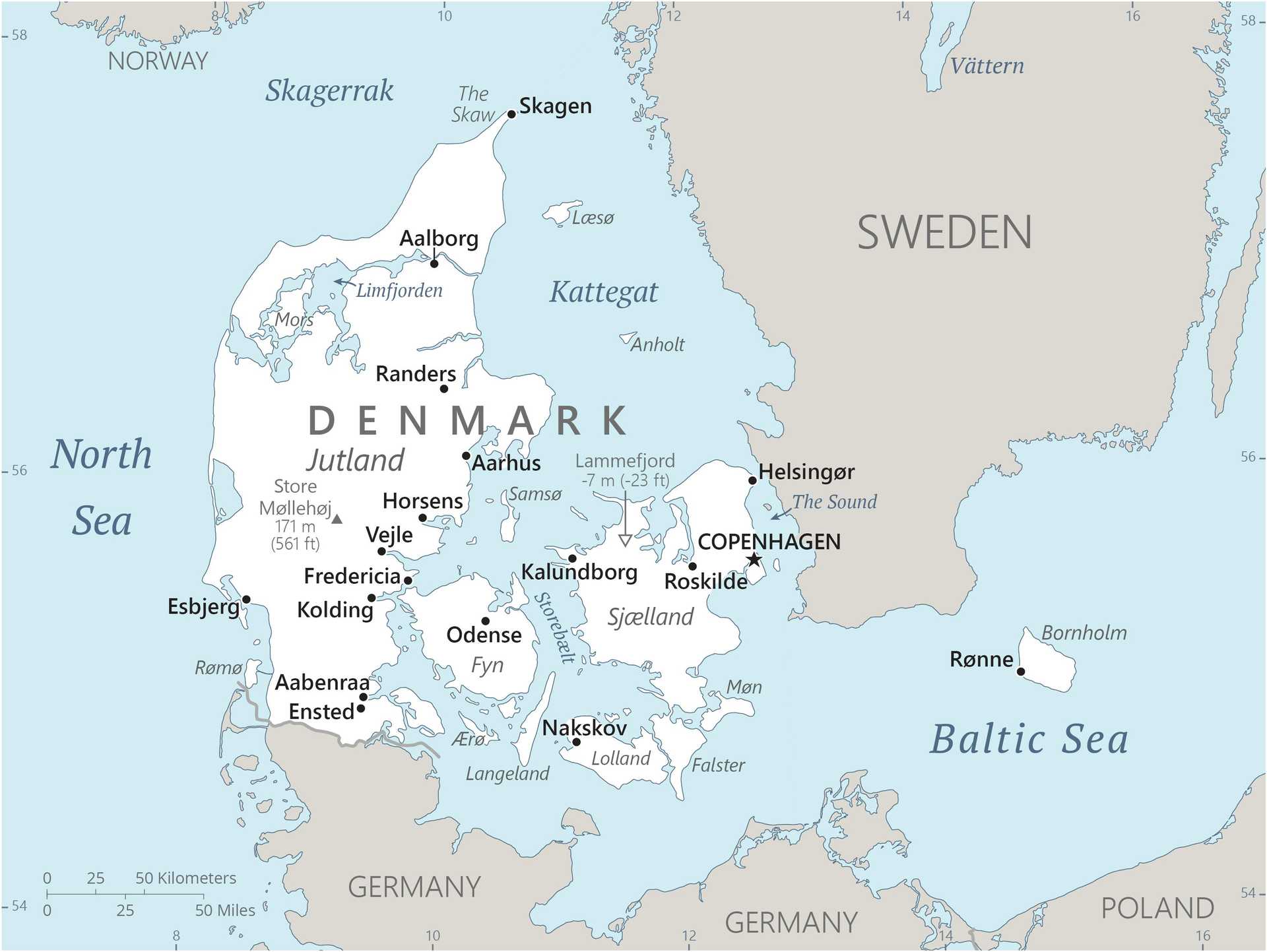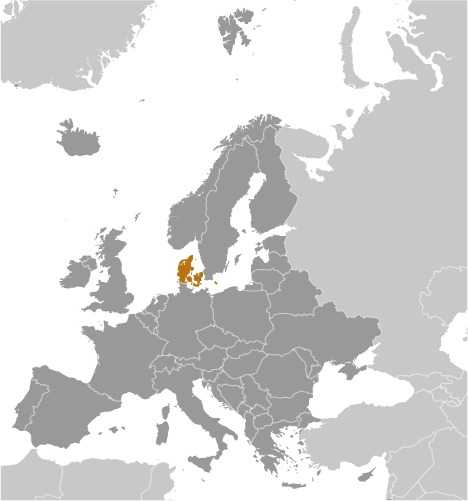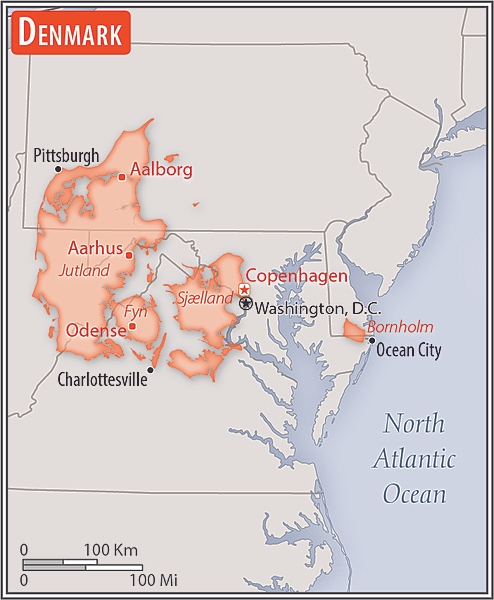Introduction
Visit the Definitions and Notes page to view a description of each topic.
Geography
People and Society
Population
comparison rankings: total 115; male 115; female 115
Languages
Median age
comparison ranking: total 45
Population growth rate
comparison ranking: 155
Birth rate
comparison ranking: 160
Death rate
comparison ranking: 41
Net migration rate
comparison ranking: 41
Maternal mortality ratio
comparison ranking: 178
Infant mortality rate
comparison ranking: total 210
Life expectancy at birth
comparison ranking: total population 35
Total fertility rate
comparison ranking: 144
Obesity - adult prevalence rate
comparison ranking: 109
Alcohol consumption per capita
comparison ranking: total 33
Tobacco use
comparison ranking: total 106
Education expenditure
comparison ranking: Education expenditure (% GDP) 50
Environment
Carbon dioxide emissions
comparison ranking: total emissions 74
Government
Economy
Real GDP (purchasing power parity)
comparison ranking: 53
Real GDP growth rate
comparison ranking: 90
Real GDP per capita
comparison ranking: 14
Inflation rate (consumer prices)
comparison ranking: 34
GDP - composition, by sector of origin
comparison rankings: agriculture 182; industry 98; services 62
Industrial production growth rate
comparison ranking: 5
Labor force
comparison ranking: 105
Unemployment rate
comparison ranking: 109
Youth unemployment rate (ages 15-24)
comparison ranking: total 101
Gini Index coefficient - distribution of family income
comparison ranking: 127
Public debt
comparison ranking: 152
Taxes and other revenues
comparison ranking: 3
Current account balance
comparison ranking: 10
Reserves of foreign exchange and gold
comparison ranking: 26
Energy
Electricity
comparison rankings: installed generating capacity 50; consumption 62; exports 17; imports 12; transmission/distribution losses 119
Energy consumption per capita
comparison ranking: 52
Communications
Telephones - fixed lines
comparison ranking: total subscriptions 78
Telephones - mobile cellular
comparison ranking: total subscriptions 108
Broadband - fixed subscriptions
comparison ranking: total 54
Transportation
Merchant marine
comparison ranking: total 33






